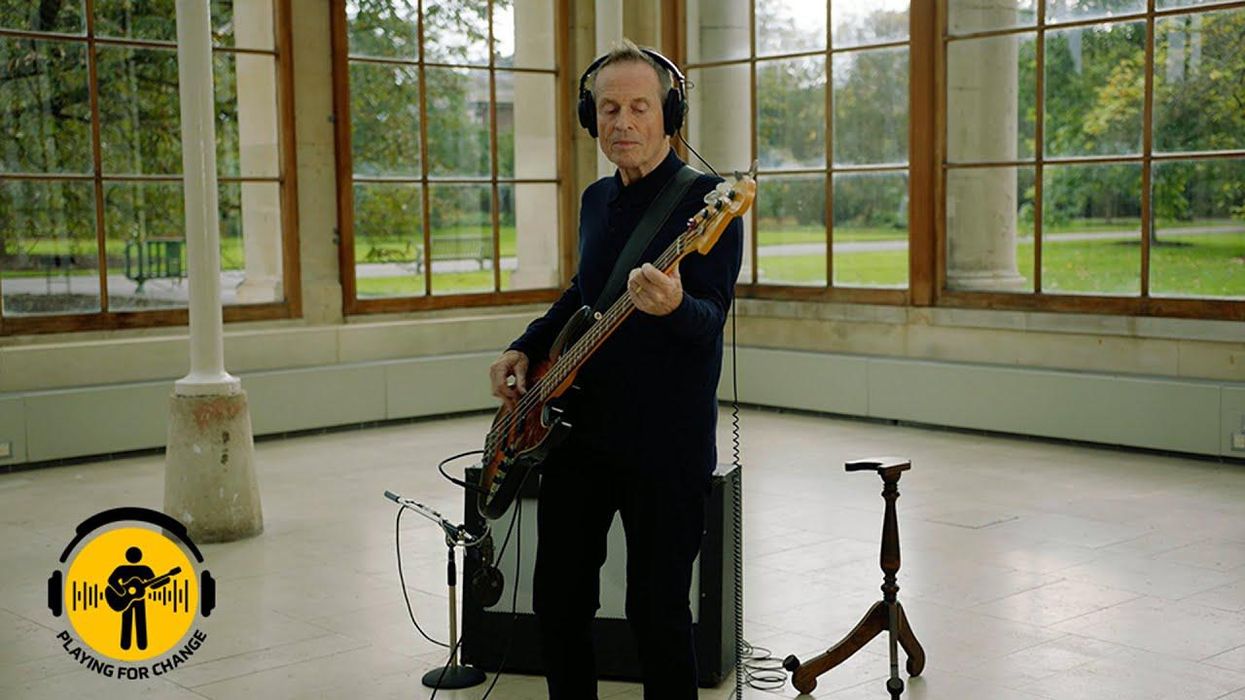Music has often been a force for engaging people in the issues that are most important to them.
Recently, Playing For Change shared their new song featuring John Paul Jones of Led Zeppelin.
Playing for Change said this about the song:
We're excited to share our new song around the world, “When The Levee Breaks,” featuring legendary multi-instrumentalist John Paul Jones of Led Zeppelin!
This song is a powerful, thought-provoking and emotionally-charged classic by Led Zeppelin and a rework of the 1929 original release by Kansas Joe Mccoy and Memphis Minnie about the Great Mississippi Flood of 1927; the most destructive river flooding in U.S. history.
Stephen Perkins of Jane's Addiction, Susan Tedeschi, Derek Trucks and over 20 musicians and dancers from seven different countries join John Paul Jones for this global rendition featured in Peace Through Music: A Global Event for the Environment.
Feel the impact of these compelling lyrics and let the music move your spirit!
The Fulcrum believes that music and democracy are deeply connected. If you have favorites that you would like us to share with our readers please contact us at pop-culture@fulcrum.us.























